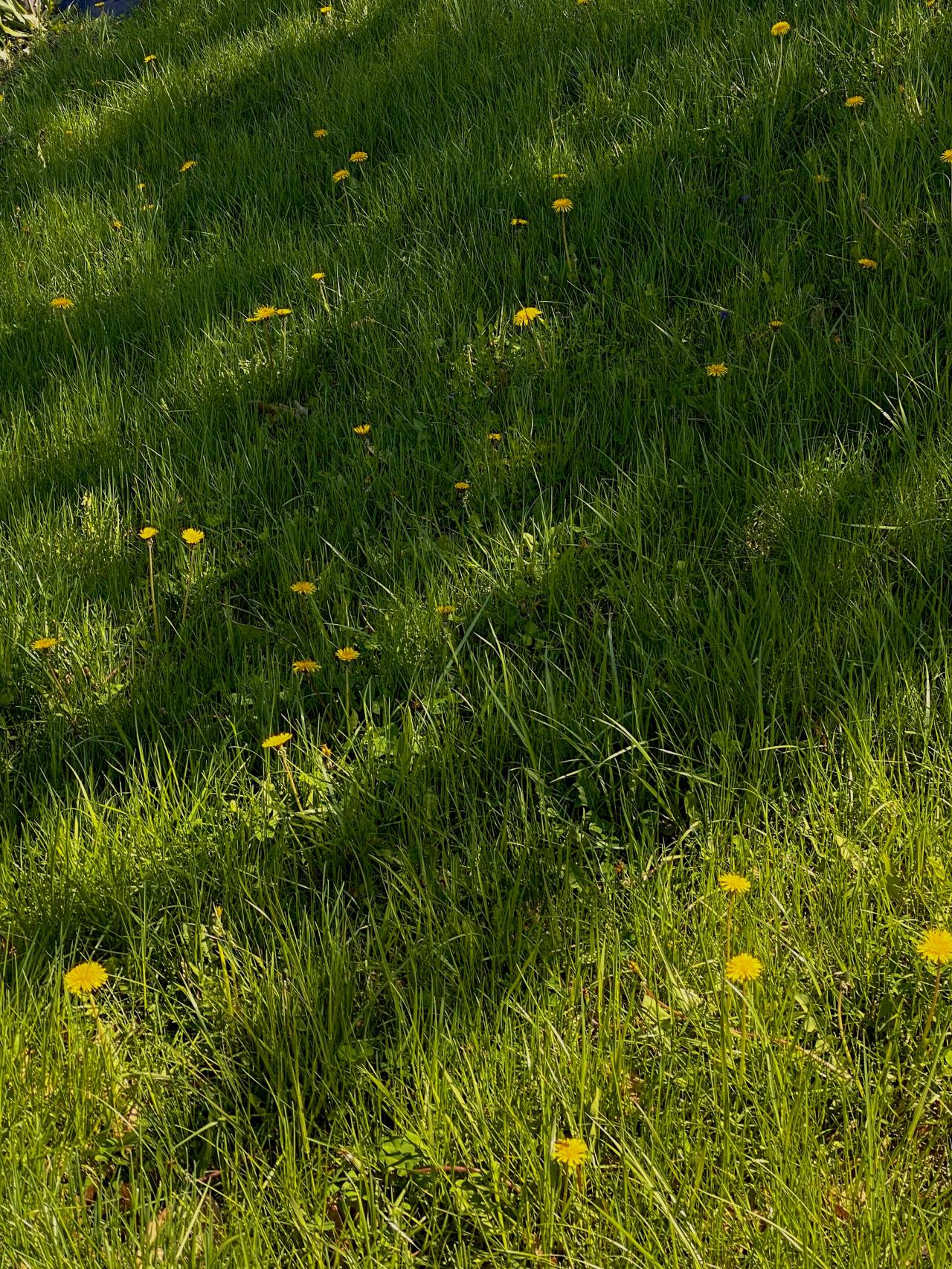
The Truth Is, The Grass Doesn’t Have To Be Greener On The Other Side
After years of living in a few different cities, traveling across the country and seeing different continents, I have come to develop an idea that I call The Lawn Theory. In wealthier cities, or even those who are just moderately well-off, the grass in front of most homes and businesses are notably green. The most prestigious areas feature grassy areas that have been finely manicured to an extreme – edged and cut to perfection – while low-income communities tend to have only browned, dead plots of land to line the streets. Brighter shades of the color green have associations with energy, newness, positivity, and wealth. A darker, yellowish or brown-green can project more negative feelings, and if adding piles of trash and litter doesn’t do the trick to turn a person off from an environment, not much else will.
The Lawn Theory is simply this: if every city had well-kept lawns and exquisite landscaping, every city would be perceived as a nice place to live.
Over time, the word “poor” has garnered some negative connotations – like uneducated, dirty, violent, and minority, to name a few. When we see areas that are unkempt, it assumed that the dwellers, for one reason or another, do not care to do better for themselves and/or the community. If no one is caring about their environmental aesthetic, one might conclude that the working people who bring in just enough income to survive are lacking the time or resources to maintain a beautified space. If caring neighbors are not guaranteed, one might presume their safety isn’t either.
The fact of the matter is, everyone would like to live in a nice, safe and clean area. Everyone wants to be able to be outside and do regular people things like walk their dog or just be in the outdoors for strictly leisure activities. Theoretically, everyone can, but it doesn’t happen overnight. If such a process were to be rushed too soon, it can fall into the danger zone of *gentrification* and do more harm than good.
Let me be clear: modification of a current situation = good. Gentrification for eventual eradication = bad.
Displacing the present population in a comparatively lower-income area by imposing the ideas of and placing people from a wealthier community does not solve problems for that community, it simply ignores and replaces them with new problems. The Lawn Theory is resident-centric in that it’s aim is not change so much as it is repair and/or to be a means for improvement. And what is so lovely about this non-disruptive means of quality-of-life enhancement is that it simply works.
Southfield, Michigan is the next city over from a magical place called Bloomfield Hills. In 2014, when this phenomenon first occurred to me, I was riding in the car – driving down a road that literally could take you all the way to Wisconsin, let alone a city in a different tax bracket – when I noticed the stiff divide that used to be in the grass had disappeared. Suddenly, the shoddy area that my mother always warned me to be careful in was bustling with new businesses, modernized buildings, and *white people* walking around without a care in the world. Southfield now felt like an extension of its city neighbor – one of the most pretentious in the state. The roads had been repaved so smoothly that they were silent to drive on, and for the first time in my life, the city felt safe to be in. The new restaurants and stores and roads had taken YEARS to be built and established, but the final factor that caused me to become aware of the newly serene atmosphere was the plush green landscaping lining the blocks.
Say that bright green grass is enough to boost morale, inspire people to branch out and rebuild cities and communities and neighborhoods together instead of perpetuating the idea that separation is necessary to preserve life as we know it. As human beings are heavily inspired by emotions and the way the environment surrounding feels, it would be in the best interest of a city to dedicate funds to projects like beautification. Every city can make this turn around so long as its community members are committed to the effort.
We always hear that the grass is greener on the other side, one simply must get there. If one can’t, tough luck. Suffer and succumb to violence, drugs, carelessness, and poor life quality. Human beings can be better than allowing their fellow man to suffer while they live comfortably and securely just five minutes up the road – in theory, of course.
